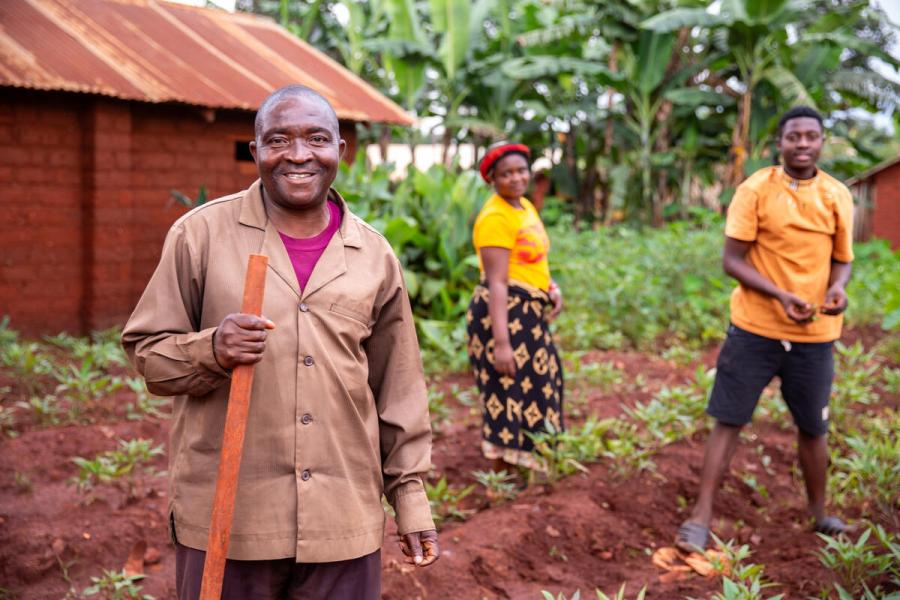As of 31 March 2024, the country hosted 241,883 refugees and asylum-seekers, mainly from Burundi and DR Congo. Some 83 percent of the refugees in Tanzania live in two camps located in the country’s Northwestern region of Kigoma (Nduta and Nyarugusu Camps).
UNHCR supports the Government in discharging its international obligations, fulfilling the Agency’s core objectives to provide refugees and asylum seekers with international protection and seek durable solutions to their situations. The Agency works primarily with the Ministry of Home Affairs, its direct government counterpart in Tanzania, and maintains partnerships critical to effective operations with other Government Ministries and NGO partners.
UNHCR works closely with other UN agencies through the UN Development Assistance Plan under the Resilience Thematic Results Group. In line with the aspirations of the Global Compact for Refugees, UNHCR also supports the United Nations Kigoma Joint Programme. This is an area-based programme with an increased focus on supporting host communities and strengthening the link between humanitarian and development initiatives in the region.
Populations
Financials
Strategy
Impact Statements
Latest updates
The boundaries and names shown and the designations used on this map do not imply official endorsement or acceptance by the United Nations.
UNHCR GIS data is publicly accessible in the Operational Data Portal






